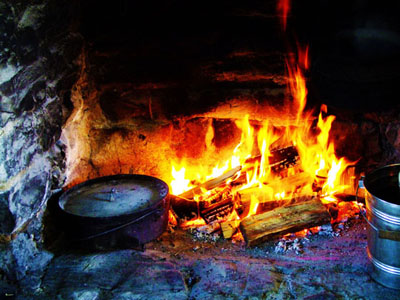What You Need to Know:
• This deeply unpopular tax only lasted until 1689, but it is a major source of genealogical information for the late 1600s period.
• The tax was paid twice a year on Lady Day (25 March) and Michaelmas (29 September), which essentially corresponded to the Spring Equinox and Fall Equinox (Lady Day was the first day of the new year in the old Julian calendar in effect at the time – see Understanding Julian and Gregorian Calendars in Genealogy).
• Lists were made starting in 1664 that identified every household that had two or more hearths. This was done to reduce tax avoidance. The tax did not distinguish between the owners of a house or the renter, meaning the renter often had to pay the tax. As a result, the Hearth Tax lists are fairly complete lists of the primary occupants of a dwelling.
• Although the Hearth Tax was repealed in England in 1689, it remained in force in the Kingdom of Ireland until 1795.
• The hearth tax is a useful indirect measure of your ancestor’s wealth. Approximately 80% of households at the time had only one hearth.
• Few hearth tax lists are on the internet.
What You Need to Know:
• Few of the Marriage Tax lists still exist (funny how no one wants to keep old tax lists). Still, it is always worth checking to see if any Marriage Tax lists survived in the region of your ancestors. We are not aware of any of these lists being on the internet.
What You Need to Know:
• The electoral registers were created to help prevent electoral fraud. They tend to be fairly complete. Thus, electoral registers provide an excellent complement to census records and should be consulted by genealogists whenever possible.
• The electoral registers shows the name of each voter, place of residence, voting location and the candidate that the person voted for (it was not until 1872 that secret elections were held in England).
• Any person owning property worth at least 40 shillings would qualify as a voter. Thus, assuming your ancestors exercised their civic duty, you should be able to find them on local electoral registers.
• Many electoral registers have survived to the present. Copies can usually be found at local libraries and many libraries have complete collections dating back to Victorian times.
Related Resources
A Date Guide to English Genealogy - Part II
A Date Guide to English Genealogy - Part III
A Simple Way to Read Old Tombstones


